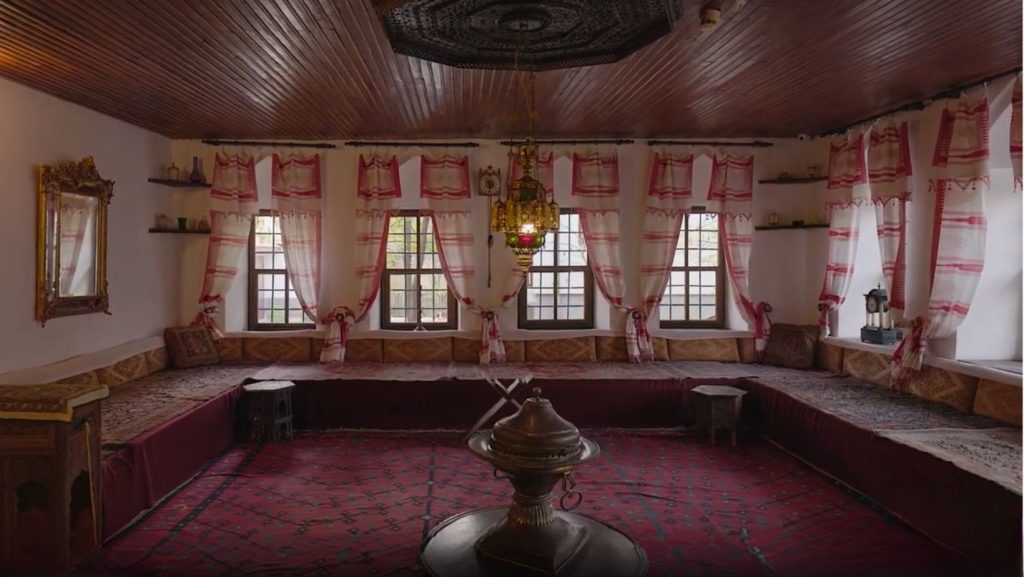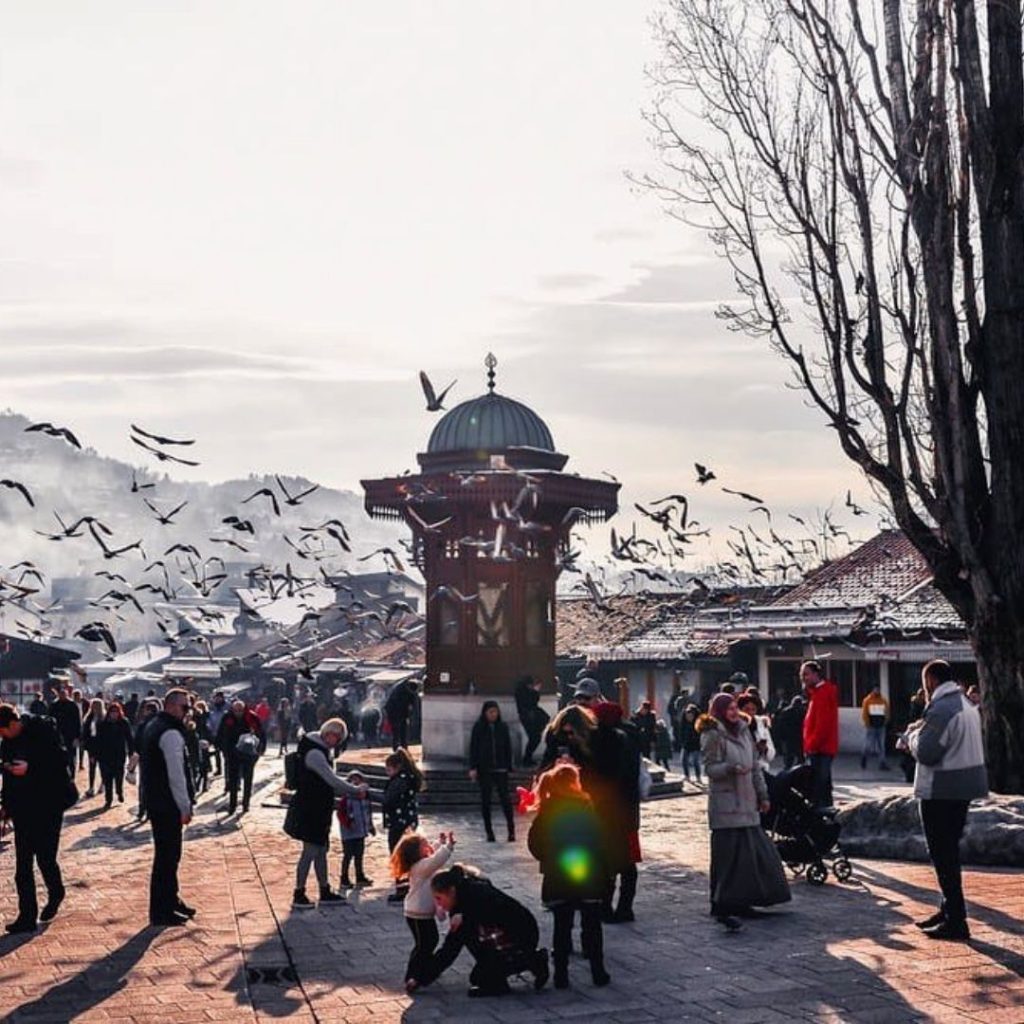
@sidrann
Once graced by hundreds of these charming kiosk-like public fountains, today only one stands proudly in Baščaršija Square, serving as the quintessential symbol of the city.
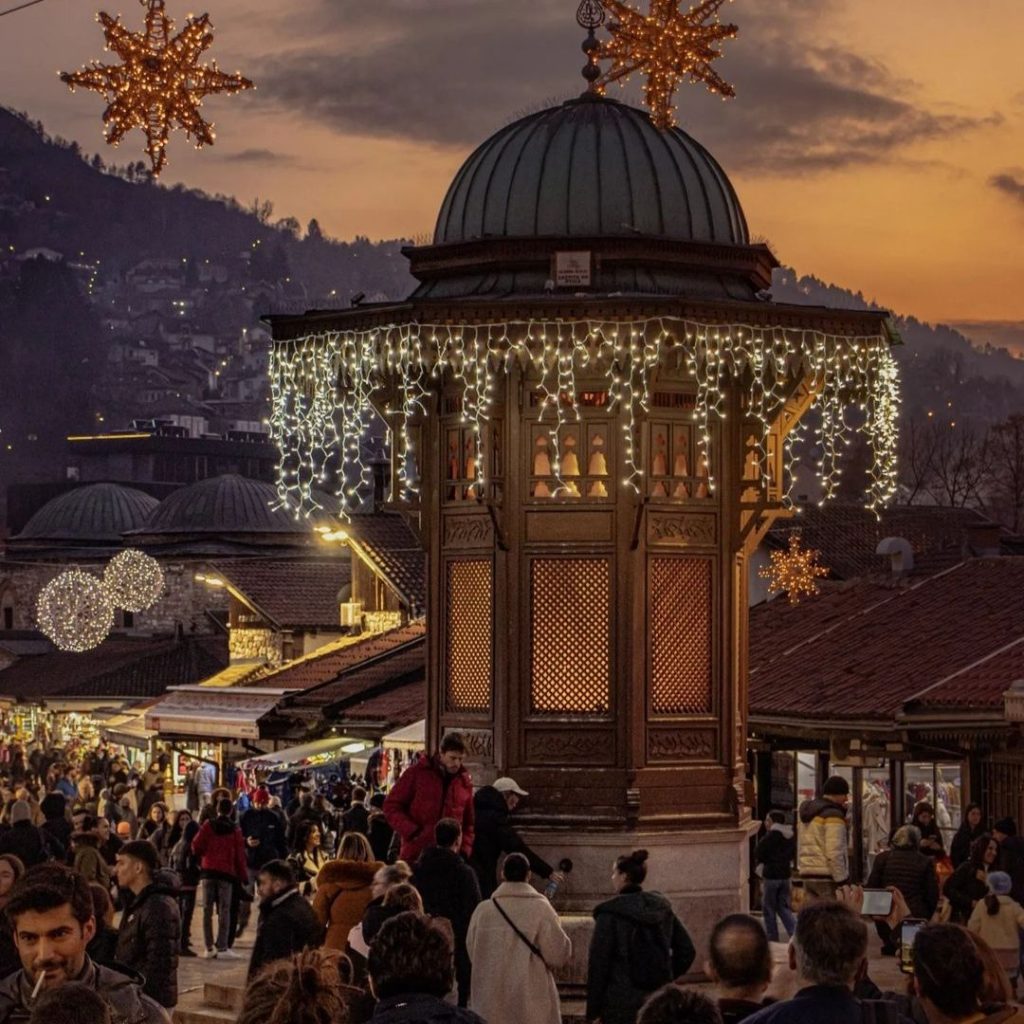
@sarajevski_marlboro & visitsarajevo.ba
Originating from the Arabian Peninsula, the tradition of sebilji was brought to Bosnia and Herzegovina by the Ottomans. These structures were more than just architectural marvels; they were essential sources of refreshment for weary travelers, with sebiljdžijas, or caretakers, generously providing free water to parched passersby.
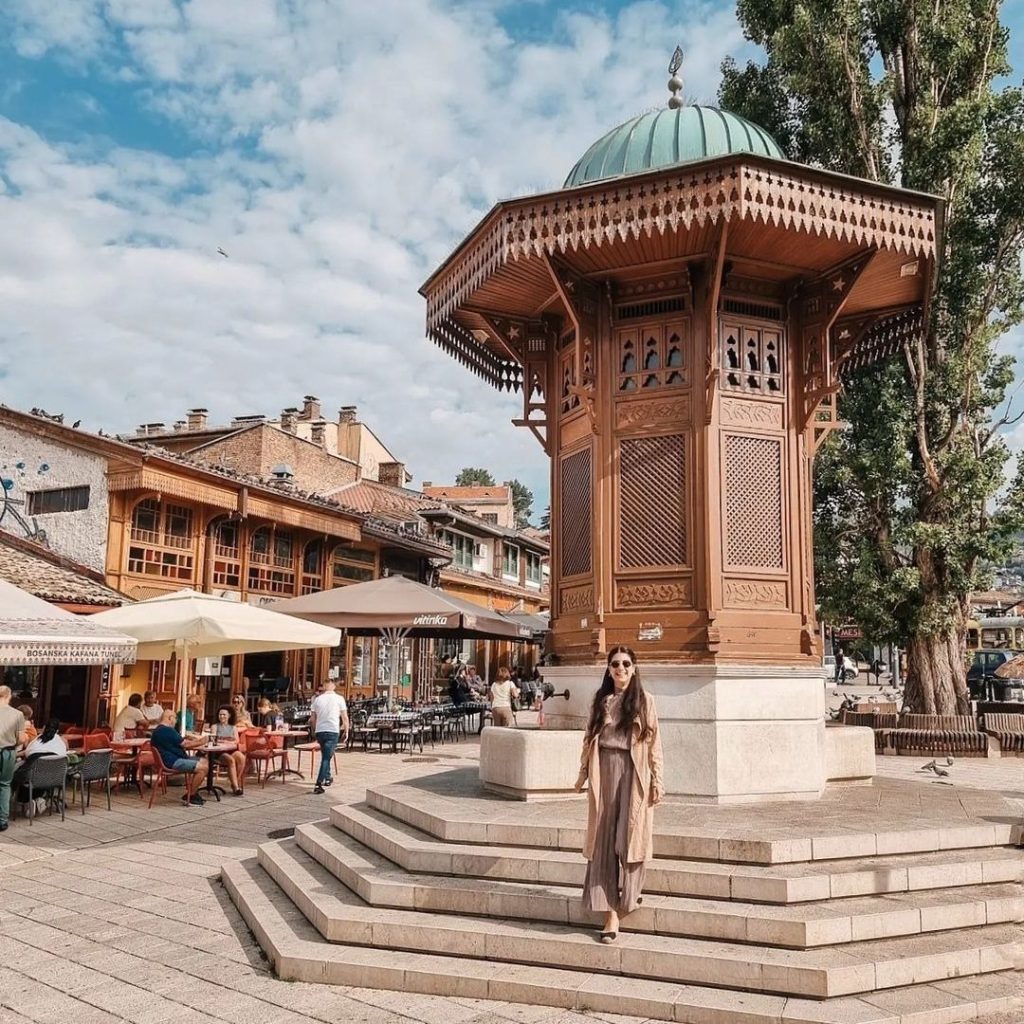
@daisy_fay
The current Baščaršija Sebilj, a testament to resilience and adaptation, emerged during the Austro-Hungarian era.
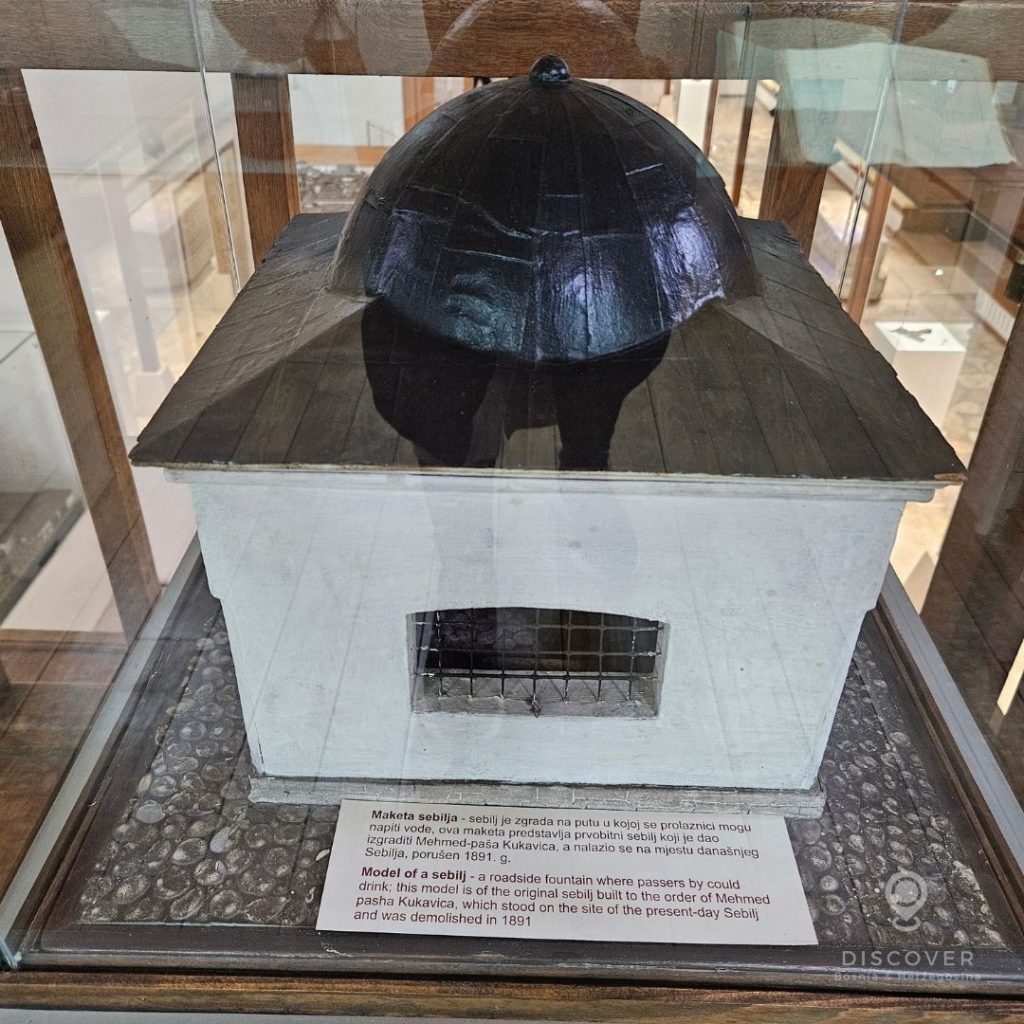
@discover_bosnia_herzegovina
Following the unfortunate demise of its predecessor, built by Mehmed Pasha Kukavica in the 18th century, due to fire, this modern incarnation was meticulously crafted in a pseudo-Moorish style by Aleksandar Wittek and installed in 1913.
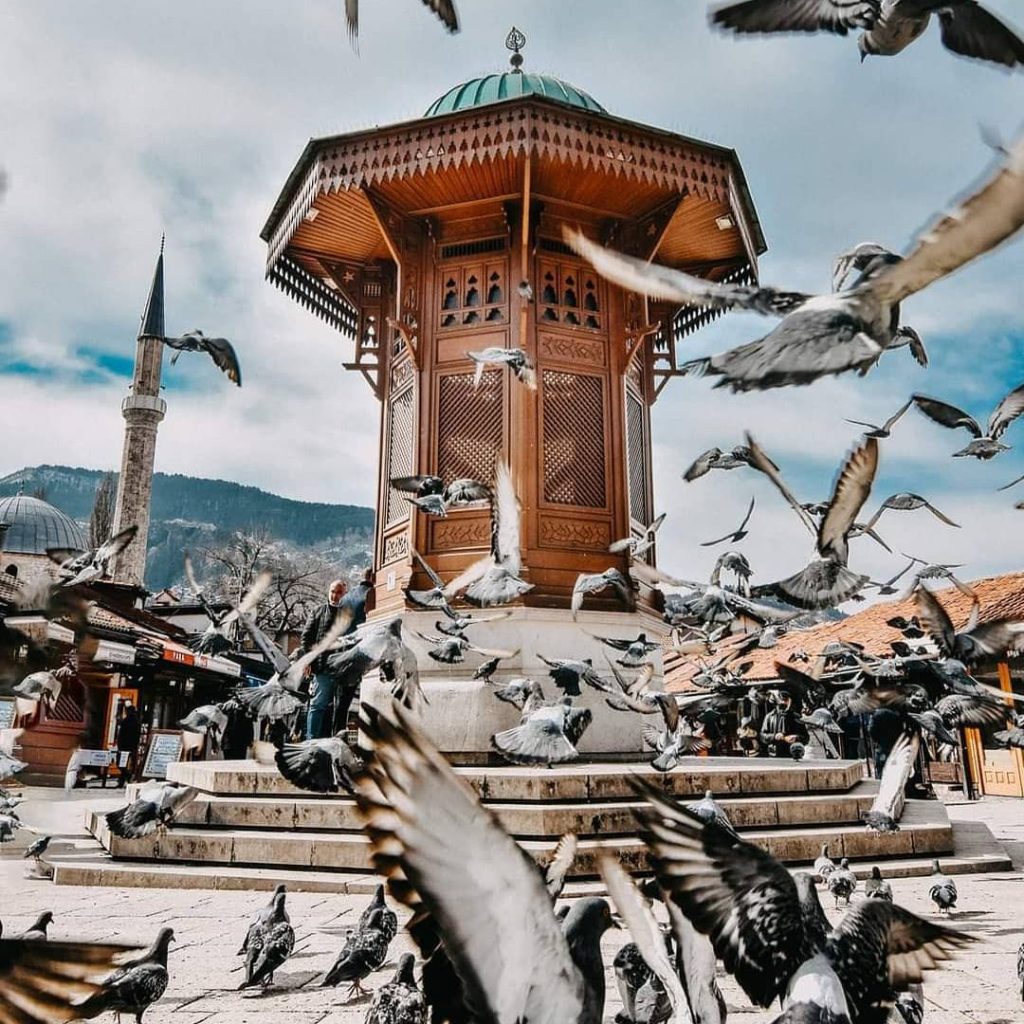
@fotko_ja

@eminbrka
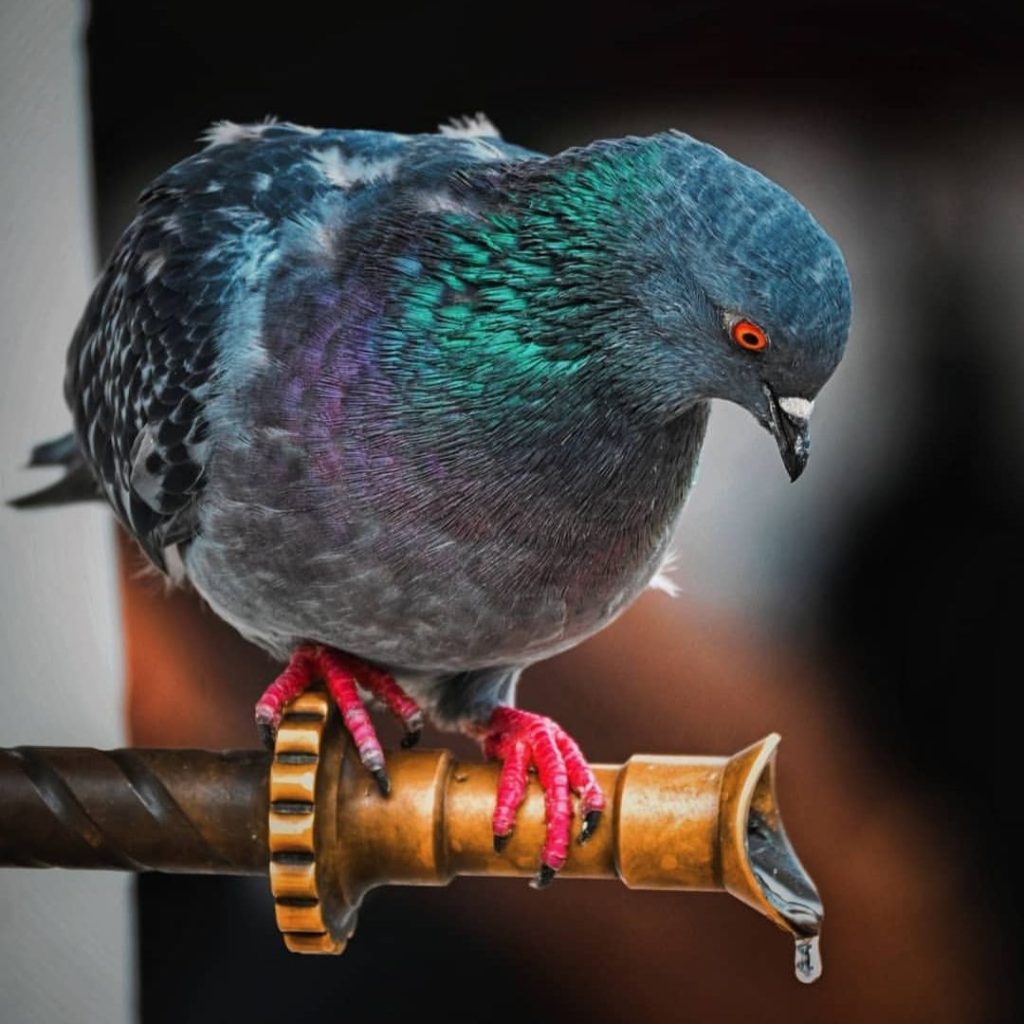
@makaki82
Nestled in the heart of Baščaršija, the fountain is more than a mere landmark; it’s a living testament to the city’s past and present.
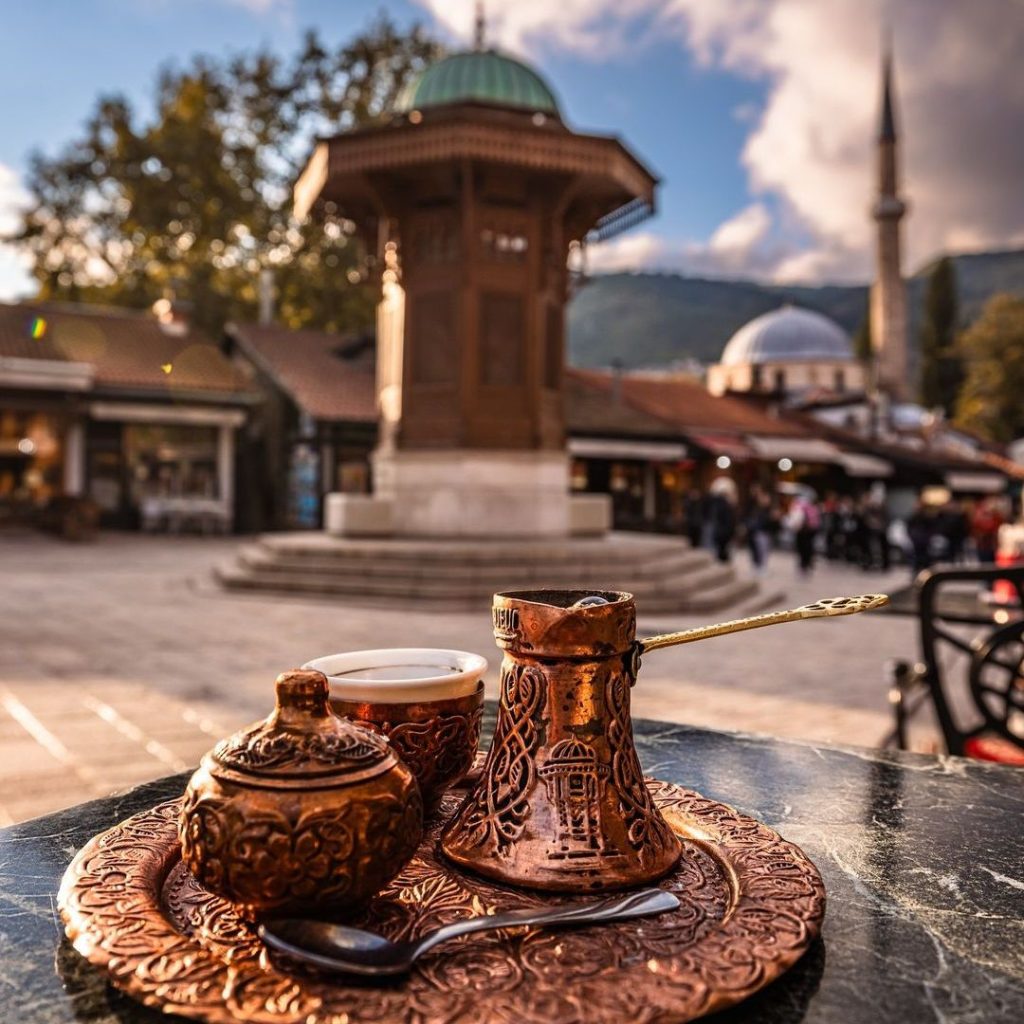
Surrounded by vibrant shops, quaint cafes, and bustling streets, it remains a focal point for both locals and visitors alike.



